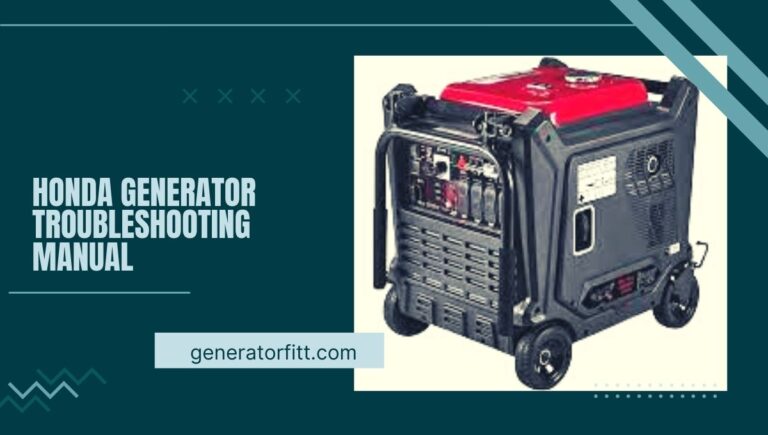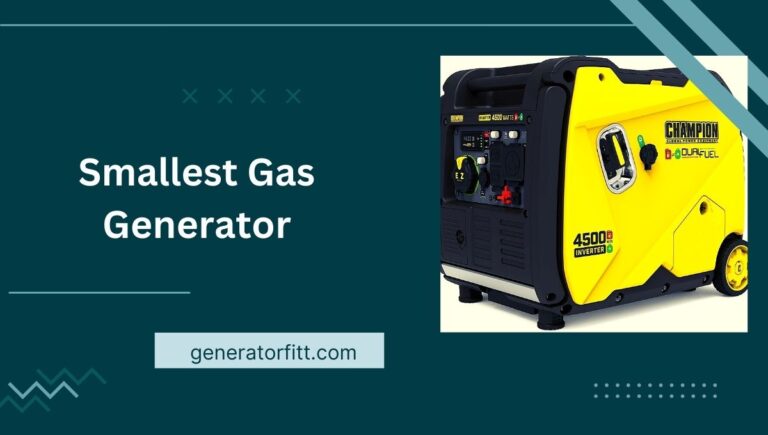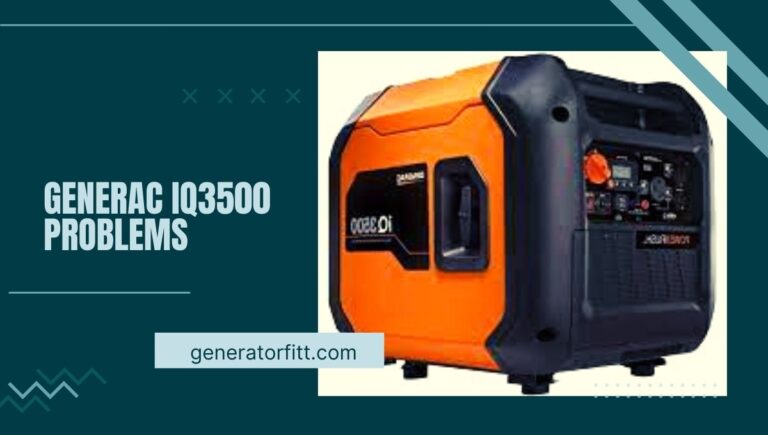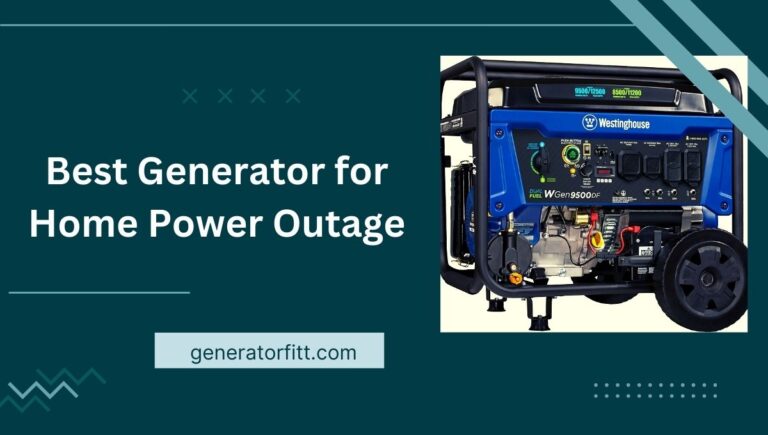Atmospheric Water Generator Diy Review: (It’s Worthy) In 2023
Atmospheric Water Generator Diy, In today’s world, where sustainability and innovation are at the forefront, finding inventive solutions to everyday problems is more critical than ever.
One such challenge is sourcing clean drinking water, especially in areas with limited access to freshwater resources.
Enter the Atmospheric Water Generator (AWG), a groundbreaking device that extracts moisture from the air and transforms it into potable water.
In this article, we’ll explore the fascinating world of DIY Atmospheric Water Generators and how you can build your own to ensure a sustainable water source.

Atmospheric Water Generator Diy
Water scarcity is a growing concern globally, and innovative solutions like Atmospheric Water Generators (AWGs) have gained prominence in recent years.
These devices have the remarkable ability to extract moisture from the air and provide a sustainable source of clean drinking water.
We’ll delve into the world of DIY AWGs, exploring their functionality, benefits, and the step-by-step process of building one yourself.
Airiver Worlds Smallest 10L Family Atmospheric Water Generator – 2023 Award Winning DSGN – Portable Air to Water Generator

The “Airiver World’s Smallest 10L Family Atmospheric Water Generator” sounds like an innovative product designed to generate clean drinking water from the atmosphere.
Here are some key features and points based on the information provided:
- Atmospheric Water Generator (AWG): The product is described as an Atmospheric Water Generator, which means it extracts moisture from the air and converts it into clean, drinkable water. These devices are designed to provide a sustainable and potentially independent source of potable water.
- 10-Liter Capacity: The product boasts a 10-liter water capacity, indicating that it can produce up to 10 liters of water per day, depending on environmental conditions. This capacity may be suitable for small families or individuals with moderate water needs.
- Portability: The term “portable” suggests that the device is designed to be easy to transport and use in various locations, making it suitable for both indoor and outdoor settings.
- Design Award: It is mentioned that the product received a design award in 2023. This could indicate that the device not only serves a practical purpose but also incorporates aesthetics and user-friendly design features.
- Air to Water Technology: The technology used in atmospheric water generators involves drawing in air, cooling it to condense moisture, and then purifying the collected water to make it safe for drinking. It’s a sustainable way to generate water, especially in areas with humidity in the air.
- Sustainability: Atmospheric water generators are often seen as eco-friendly because they don’t rely on traditional water sources like wells or municipal supplies, and they can operate using electricity, which can come from renewable sources.
- Water Purification: In addition to condensing moisture from the air, the device likely includes a water purification system to ensure the generated water is safe for consumption.
The Atmospheric Water Generators (AWGs)
What is an AWG?
Atmospheric Water Generators, commonly known as AWGs, are revolutionary machines that utilize the principles of condensation to extract water vapor from the atmosphere. This moisture is then condensed into liquid water, purified, and made available for consumption.
How do AWGs work?
AWGs work by drawing in air, cooling it to the point where water vapor condenses, and then filtering and purifying the resulting liquid. This ingenious process ensures that the water produced is of high quality and safe for drinking.
Benefits of DIY AWGs
Sustainability and Environmental Impact
One of the primary advantages of DIY AWGs is their contribution to sustainability. By generating water from the atmosphere, these devices reduce the need for traditional water sources, helping to conserve natural resources.
Cost-effectiveness
Building your own AWG can be cost-effective in the long run, as it eliminates the need to purchase bottled water or invest in expensive filtration systems.
Independence from External Water Sources
DIY AWGs provide independence from external water sources, making them ideal for remote locations or emergency situations where access to clean water may be limited.
Materials and Tools Required
Before you embark on your DIY AWG project, you’ll need to gather the following materials and tools:
- Refrigeration system
- Condensation chamber
- Filtration and purification components
- Air intake system
- Water storage container
In the next section, we’ll provide a detailed step-by-step guide to building your DIY AWG.
Step-by-Step Guide to Building Your DIY AWG
Collecting Air Moisture
The first step in building your DIY AWG is to collect air moisture. This is typically done using a fan or air intake system that draws in ambient air.
Cooling and Condensation
Once the air is collected, it needs to be cooled to the point where water vapor condenses. This is achieved using a refrigeration system or cooling coils.
Filtration and Purification
After condensation, the water undergoes filtration and purification to remove impurities and ensure its safety for consumption.
Maintenance Tips for Your AWG
To ensure the longevity and efficiency of your DIY AWG, regular maintenance is essential. Consider the following maintenance tips:
Cleaning and Sanitizing
Regularly clean and sanitize the components of your AWG to prevent the buildup of contaminants or mold.
Replacing Filters
Change the filters as recommended by the manufacturer to maintain water quality and system performance.
Usage and Practical Considerations
Storing and Distributing the Produced Water
Decide on a suitable water storage container and distribution system to make the produced water readily accessible.
Monitoring Water Quality
Periodically test the water quality to ensure it meets safety standards and is free from contaminants.
Applications of DIY AWGs
DIY AWGs have a wide range of applications, including:
- Home Use: Providing a sustainable source of drinking water for your household.
- Emergency Situations: Ensuring access to clean water during disasters or emergencies.
- Remote and Off-grid Locations: Offering a reliable water source in areas with limited infrastructure.
Environmental Impact and Sustainability
By reducing the consumption of bottled water and decreasing reliance on traditional water sources, DIY AWGs contribute significantly to environmental sustainability.
Challenges and Common Pitfalls
While DIY AWGs offer numerous benefits, they also come with challenges such as energy consumption and considerations related to humidity and climate.
Success Stories: DIY AWG Enthusiasts
Learn from the experiences of individuals who have successfully built and used their DIY AWGs in various settings.
Safety and Health Concerns
Ensure the safety and health of your drinking water by adhering to water quality standards and taking precautions to prevent contamination.
Legal and Regulatory Aspects
Familiarize yourself with relevant regulations and permits that may apply to the operation of your DIY AWG.
Future Innovations in AWG Technology
Stay informed about the latest developments in AWG technology, as ongoing innovations continue to enhance efficiency and accessibility.
People also ask
How much does it cost to build an atmospheric water generator?
The cost of building an atmospheric water generator can vary, but it is often cost-effective compared to buying bottled water.
How do you extract water from the air naturally?
Water can be extracted from the air naturally through a process called condensation.
This occurs when warm, moist air comes into contact with a surface that is cooler than the air’s dew point temperature.
As the air cools down, it cannot hold as much moisture, causing the excess water vapor to condense into liquid water droplets.
This is the basic principle behind natural processes like dew formation, where moisture in the air condenses on cool surfaces like grass in the early morning.
To extract water from air on a larger scale, devices known as Atmospheric Water Generators (AWGs) use this principle to cool and condense air,
then filter and purify the resulting liquid to provide a source of clean drinking water.
Are atmospheric water generators worth it?
Atmospheric water generators (AWGs) can be worth it in specific situations. They are beneficial in areas with limited access to clean water sources or during emergencies.
However, their cost, energy consumption, and effectiveness depend on factors like climate, humidity levels, and individual needs.
In some cases, AWGs can provide a sustainable and cost-effective solution, but careful consideration is essential before deciding if they are worth the investment.
Is an atmospheric water generator safe to drink?
Water produced by atmospheric water generators (AWGs) is generally safe to drink when the device is properly maintained and operated.
AWGs typically include filtration and purification processes to ensure the water meets safety standards.
However, it’s crucial to follow maintenance guidelines and monitor water quality to ensure continued safety.
Conclusion
In Conclusion, Building a DIY Atmospheric Water Generator empowers individuals and communities to access clean and sustainable drinking water.
By harnessing the moisture present in the air, these innovative devices offer a practical solution to water scarcity and environmental concerns.
Whether for home use, emergencies, or remote locations, DIY AWGs are a testament to human ingenuity and our commitment to a more sustainable future.
Hi, I am Brines Loe and I am an Expert in Generators I have Experience in This Field I want to Help You About This Website! Welcome to our generator (Outdoor) Guide blog! We are dedicated to providing you with the latest information and tips on outdoor generators, ensuring that you have the knowledge you need to make informed decisions about which generator is right for you.






